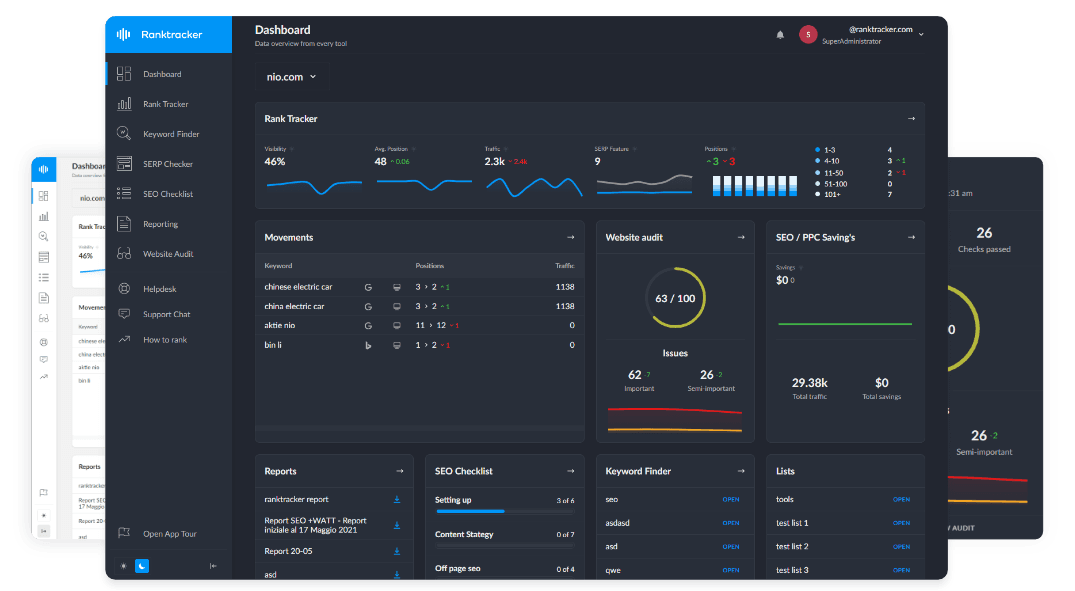Intro
Taxonomy in Semantic SEO refers to the strategic organization of content into structured hierarchies, helping search engines understand relationships between topics. A well-planned taxonomy improves crawlability, user experience, and search relevance.
Why it Matters:
- Helps Google recognize topic clusters and content relevance.
- Enhances internal linking and site navigation.
- Boosts rankings by aligning with semantic search and NLP algorithms.
Types of Taxonomy in Semantic SEO
1. Hierarchical Taxonomy (Parent-Child Structure)
- Organizes content in a top-down structure, with broad topics leading to specific subcategories.
- Example:
- SEO (Parent Category)
- On-Page SEO (Subcategory)
- Technical SEO (Subcategory)
- Link Building (Subcategory)
- SEO (Parent Category)
Best Practices:
- Use breadcrumb navigation to reinforce hierarchy.
- Implement internal linking between parent and child pages.
- Avoid deep structures (keep URLs 3-4 levels deep max).
2. Faceted Taxonomy (Multi-Dimensional Organization)
- Organizes content based on multiple attributes (e.g., filters and tags).
- Used in eCommerce, directories, and knowledge bases.
Example:
- An SEO tool directory might allow users to filter by:
- Functionality: Rank Tracking, Keyword Research, Backlink Analysis
- Pricing Model: Free, Subscription, One-Time Payment
Best Practices:
- Ensure Google can crawl and index faceted pages.
- Avoid duplicate content issues by using canonical tags.
3. Flat Taxonomy (Non-Hierarchical Organization)
- Organizes content with equal importance, without subcategories.
- Often used for blogs, glossaries, and tag-based content.
Example:
- A blog site categorizing articles as:
- SEO Strategies
- Google Algorithm Updates
- Content Marketing
Best Practices:
- Use consistent naming conventions for categories.
- Ensure clear topic relevance to prevent overlapping content.
How Taxonomy Impacts SEO
1. Improves Crawlability & Indexing
- Helps search engines understand content structure and relationships.
- Prevents orphan pages by ensuring proper internal linking.
2. Boosts Contextual Relevance
- Reinforces semantic connections between related content.
- Increases chances of ranking in Google’s Knowledge Graph.
3. Enhances User Experience & Engagement
- Well-structured sites reduce bounce rates and increase dwell time.
- Intuitive navigation helps users find relevant content faster.
Best Practices for Implementing Taxonomy in SEO
- Plan Your Content Hierarchy:
- Identify core topics and subtopics before publishing.
- Align with search intent and keyword clusters.
- Optimize Internal Linking:
- Use contextual links to connect related articles.
- Ensure no orphan pages (pages without internal links).
- Use Schema Markup for Better Categorization:
- Apply Article, Organization, and Breadcrumb Schema.
- Implement structured data to enhance search visibility.
- Maintain a Logical URL Structure:
- Example:
example.com/seo/on-page-seo/ - Keep URLs short, meaningful, and keyword-rich.
- Example:
Conclusion: Taxonomy as the Backbone of Semantic SEO
A well-planned taxonomy strategy enhances both search engine understanding and user experience. By leveraging hierarchical, faceted, and flat taxonomies, businesses can improve site navigation, increase search rankings, and establish strong topic authority.
For more SEO insights and tools, check out Ranktracker’s SEO solutions and stay ahead of search trends!

